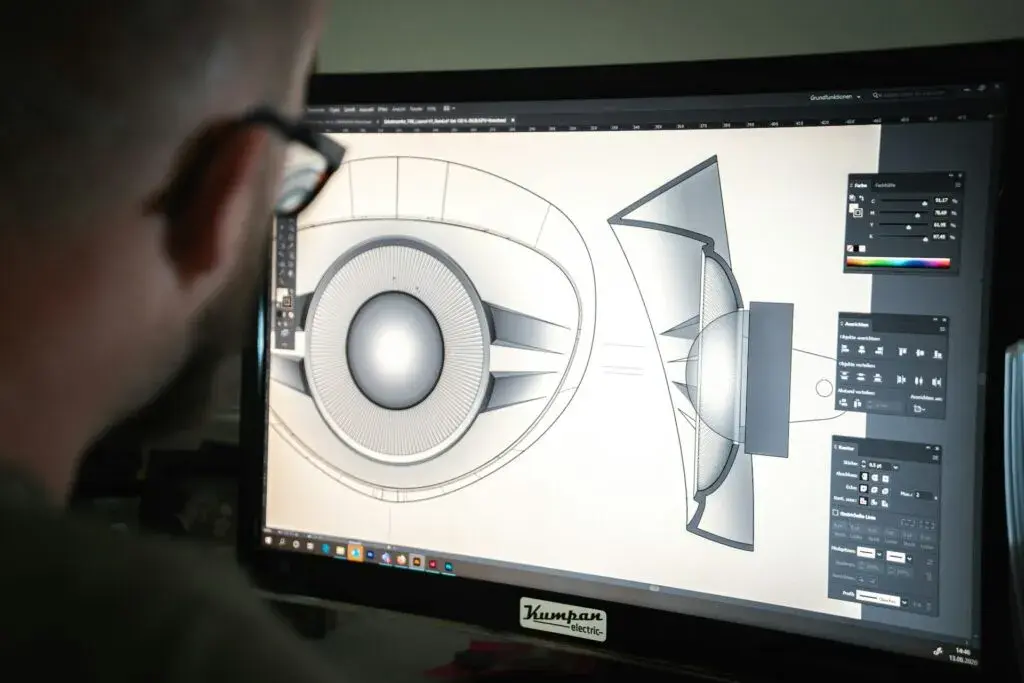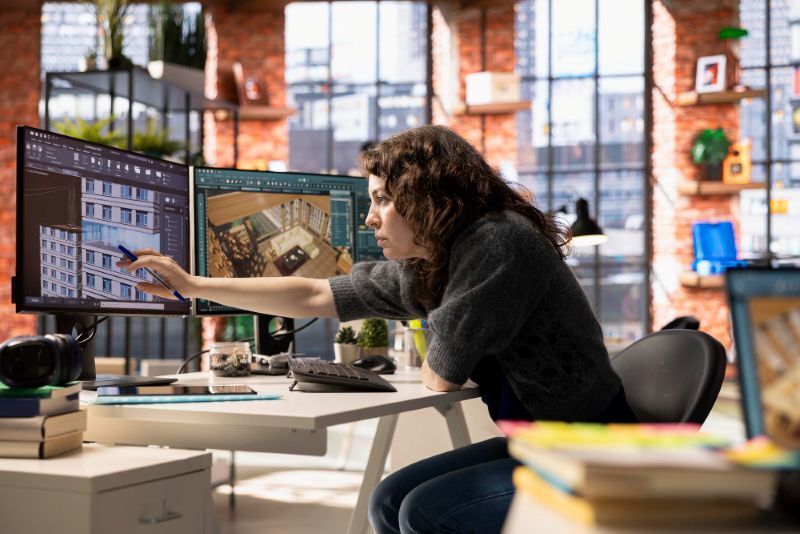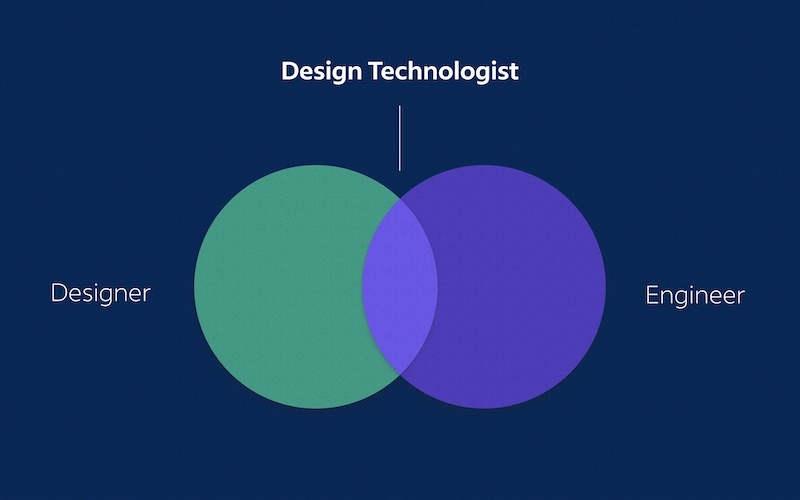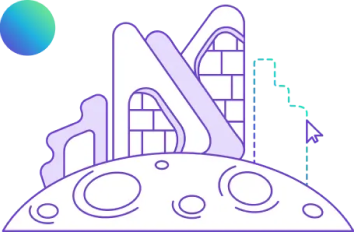From BIM Modeler to Design Technology Specialist: A Transition Guide
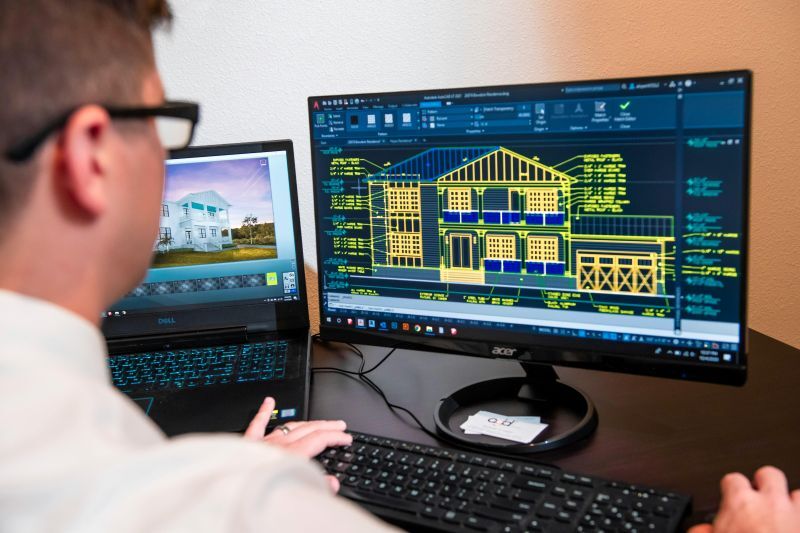
Table of Contents
The path from BIM Modeler to Design Technology Specialist is increasingly relevant as firms adopt digital and computational workflows. A Design Technology Specialist sits at the intersection of design, tools, and automation, bridging between architects/designers and technical development. With the rise of parametric design and AI-driven design tools, professionals who evolve beyond modeling and can unlock more strategic, higher-impact career paths.
Who is a Design Technology Specialist & Its Key Responsibilities?
A Design Technology Specialist is a professional who helps design teams adopt, customize, and maintain computational design workflows, automation scripts, and digital toolchains. They ensure design teams work faster, error-free, and more innovatively by leveraging code, APIs, and parametric logic.
Responsibilities of design technology specialist include:
- Developing, maintaining, and customizing design and automation scripts.
- Integrating parametric design tools into project workflows.
- Automating repetitive modeling, drafting, and data-management tasks.
- Creating and managing design tool libraries, custom nodes, and templates.
- Serving as a liaison between designers, BIM teams, and software developers.
- Troubleshooting tool errors, debugging scripts, and optimizing performance.
- Educating design/BIM staff in computational techniques and standards.
- Evaluating emerging design technology (e.g., generative design, AI, machine learning).
Why Transition from BIM Modeler to Design Technology Specialist?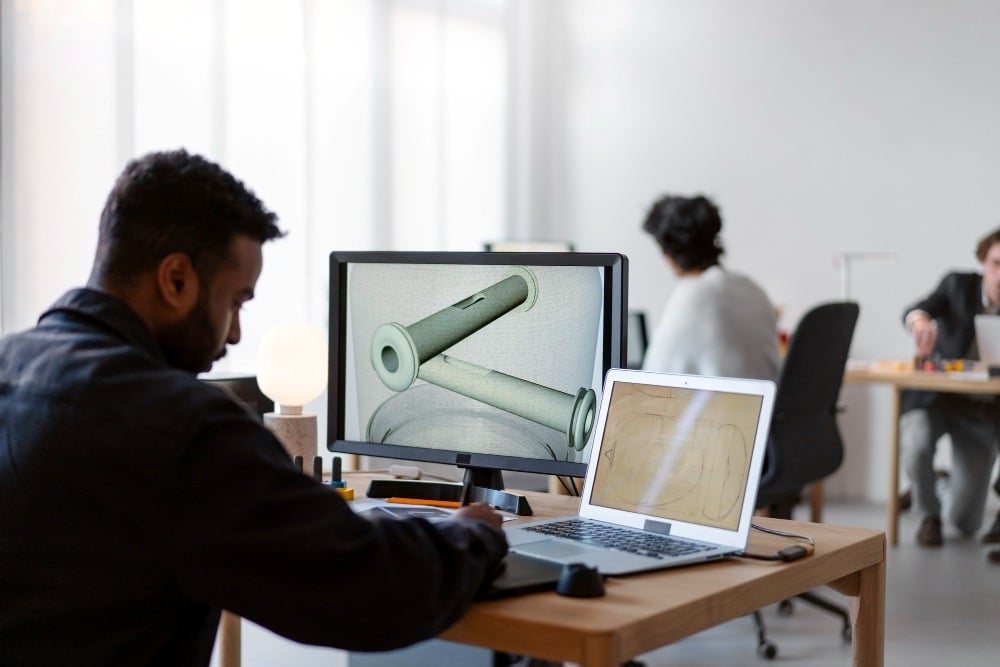
Many BIM Modelers operate in a largely executional role, transforming design drawings to BIM models, coordinating, checking clashes, and producing deliverables. Transitioning to a Design Technology Specialist role offers advantages such as:
- Strategic influence: You shift from executing to shaping workflows and tools that influence multiple projects and teams.
- Higher earning potential: Computational roles command premium compensation in design firms. For instance, in the U.S., a Design Technology Specialist typically earns around $109,000 per year, while a BIM Modeler earns an average of 69,000 per year.
- Longer career runway: As buildings become more complex and technology-driven, high-level technologists remain in demand even if pure modeling becomes more automated.
- Intellectual diversity: Rather than repeating modeling tasks, you’ll solve algorithmic, workflow, data, and toolchain problems.
- Innovation leverage: You get to experiment with AI, generative approaches, and parametric design and push the firm's capability ahead.
Since architecture firms increasingly expect technical sophistication, a Design Technology Specialist often acts as a multiplier, boosting the output and capability of the entire team, rather than contributing only to one model.
Skills You’ll Need for Transition
As a BIM Modeler, you likely already have:
- Proficiency in Revit or other BIM platforms
- Understanding of building systems and modeling standards
- Good CAD and documentation skills
- Familiarity with BIM coordination, clash detection, and discipline integration
- Some exposure to scripting or plug-ins (optional)
- Awareness of workflow automation (e.g., Revit macros, Dynamo basics)
These provide a strong foundation, but becoming a Design Technology Specialist requires building on them with advanced technical, computational, and cross-disciplinary skills.
Additional Skills & Tools to Acquire:
- Learn Dynamo – Dynamo is the visual programming environment for Revit, essential for automating Revit tasks, generating model logic, and creating custom workflows.
- Grasshopper for Rhino 3d – Grasshopper is the parametric design engine for Rhino. Mastering it allows you to explore generative geometry, algorithmic forms, and digital modeling beyond Revit.
- Parametric Design Tools – Beyond Dynamo and Grasshopper, get exposure to nodes, data trees, Kangaroo (for physics simulation in Grasshopper), and other parametric frameworks.
- 3d Modeling in Rhino – Being fluent in Rhino gives you a strong modeling partner to Revit, especially for complex freeform geometries.
- Ladybug Tools – For environmental and performance analysis (solar, daylighting, energy), Ladybug Tools integrate with Grasshopper to bring sustainability data into computational workflows.
- Scripting & Coding (Python, C#, APIs) – Learn Python (widely used in computational design) and potentially C# for Revit API or other plugin development.
- Data Handling & Management – Skills in CSV/JSON/XML, relational databases, and data linking help you manage model metadata and interoperate between systems.
- Version Control & Deployment – Understand Git, code repositories, CI/CD (continuous integration) ideas, to manage code libraries, nodes, and updates across projects.
- Understanding AI / Machine Learning Basics – Be aware of how AI tools (e.g., generative design, optimization engines) can augment workflows.
- Project & Change Management – Ability to scope, rollout, troubleshoot, and document tool adoption across teams.
- Soft Skills & Teaching – You’ll often train or support colleagues, so communication, teaching, and documentation skills are essential.
When you combine your BIM modeling foundation with these layers, you become a full-fledged Design Technology Specialist capable of leading computational workflows.
Where to Begin: Certification & Courses

To formalize your transition, structured learning is critical. One strong example is the Novatr Masters Computational Design Course. It blends technical training with real-world application, prepares learners to think and work like modern design technology specialists.
Here’s what you’ll learn in detail:
- Learn 5 powerful industry tools — Grasshopper, Rhino 3D, Flux.ai, ComfyUI, and D5 Render.
- Master popular plugins like Paneling Tools, DeCoding Spaces, Anemone, Galapagos, Wallacei, LunchBox, Open nest and Horster Animation to create smarter, faster design workflows.
- Understand how to build parametric and generative design workflows used by top global firms.
- Learn how to automate repetitive design tasks, explore AI-driven creativity, and produce high-quality renders for presentations.
- Develop a professional computational design portfolio showcasing your project-based learning.
Disclaimer: Course details, including curriculum, duration, fees, and related information, are for informational purposes only and may change at the company's discretion without prior notice. Please visit the official course page or contact our admissions team for the latest updates.
Conclusion
Transitioning from BIM Modeler to Design Technology Specialist is a strategic move aligned with where the architecture industry is heading. By combining your existing modeling knowledge with computational, coding, and data skills, plus a clear education route, you can position yourself to lead the future of design workflows. Embrace automation, parametric design tools, AI integration, and continuous learning to grow as a full-spectrum design technologist and strengthen your overall BIM career path.
The Master Computational Design course by Novatr offers a structured way to build these capabilities, helping professionals strengthen their computational design foundation through hands-on learning. Visit our resource page for more insights, guides, and tools to support your transition into design technology.

 Thanks for connecting!
Thanks for connecting!
.jpg)

.png)
